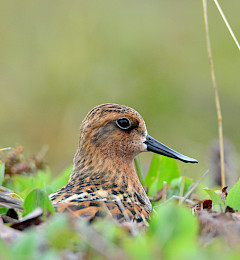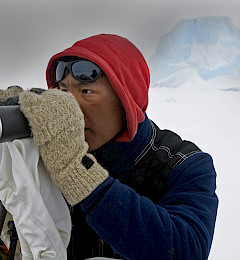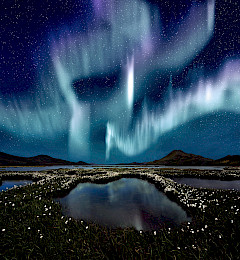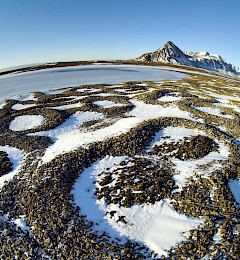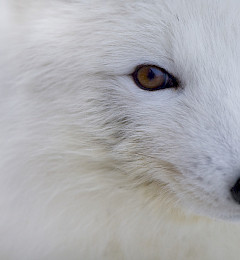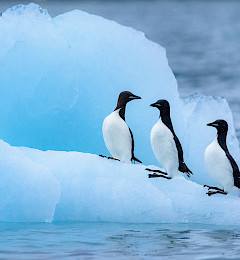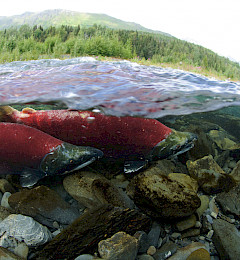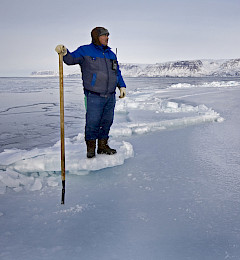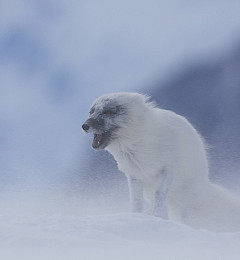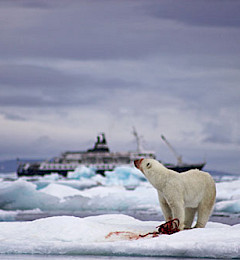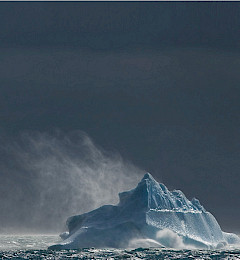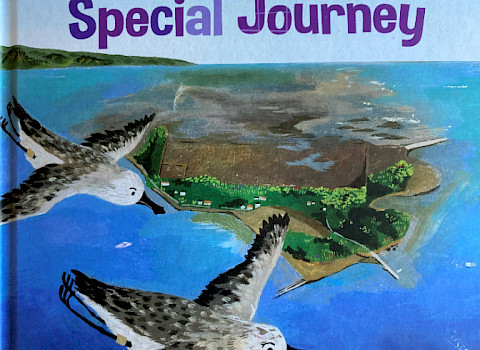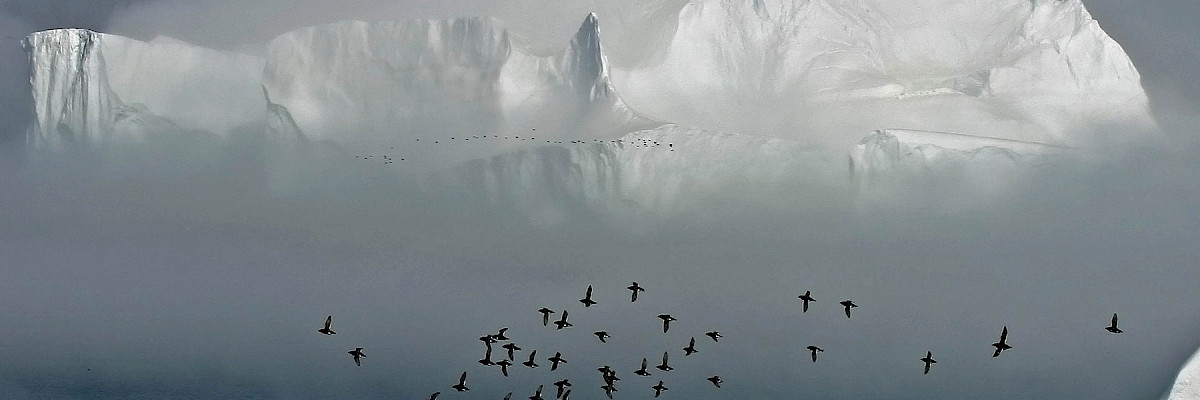
Identifying and safeguarding important areas
Disturbance and habitat degradation can diminish Arctic biodiversity and opportunities for people to enjoy benefits of ecosystem services.
Large tracts of the Arctic remain relatively undisturbed providing an opportunity for proactive action that can minimize or even prevent future problems that would be costly, or impossible, to reverse. Globally, habitat loss and degradation pose the main threats to biodiversity. The relative well-being of many Arctic ecosystems today is largely the fortuitous result of a lack of intensive human encroachment, thanks to the extreme climate and long distance from major population and economic centers. This history does not guarantee a healthy future. It does, however, provide humankind with a rare opportunity to create spaces where ecosystems and species can evolve naturally, and Indigenous Peoples and cultures can continue to practice traditional ways of life. Conservation of Arctic biodiversity will no longer happen by default. It is possible only if decisive actions are taken now, to conserve for posterity the Arctic legacy that enriches the world today.
The extent of species displacement from important habitats is often closely related to their spatial needs and specific behaviors. Species that require large areas of undisturbed habitat, such as caribou and reindeer, are sensitive to habitat loss and fragmentation from development activities such as road construction in and around calving grounds. Populations that are heavily hunted are often more easily displaced by human activity. Intensive land- and seascape planning could minimize harmful effects from localized disturbances and ensure that increases in human populations and industrial activity are managed in ways that sustain a rich biodiversity.
 Arctic Council Working Group
Arctic Council Working Group 